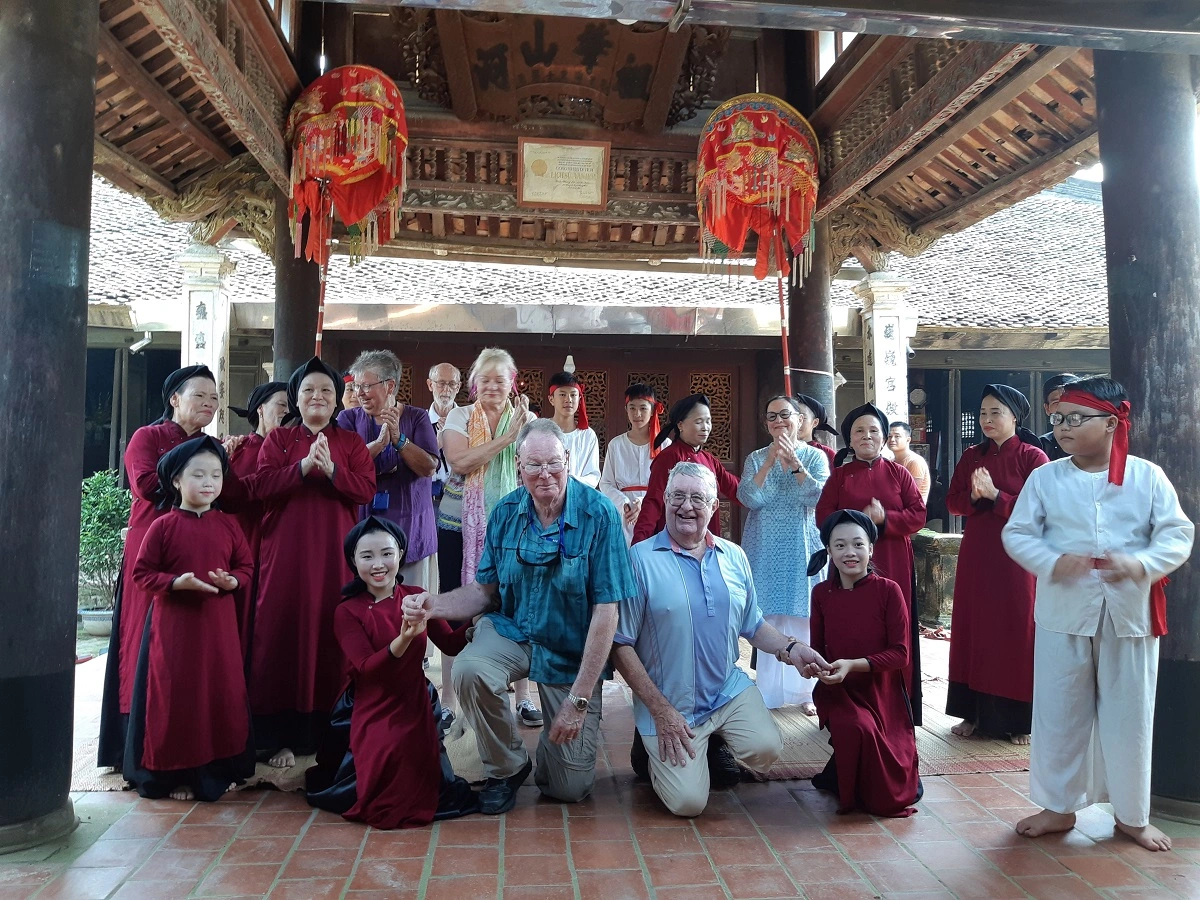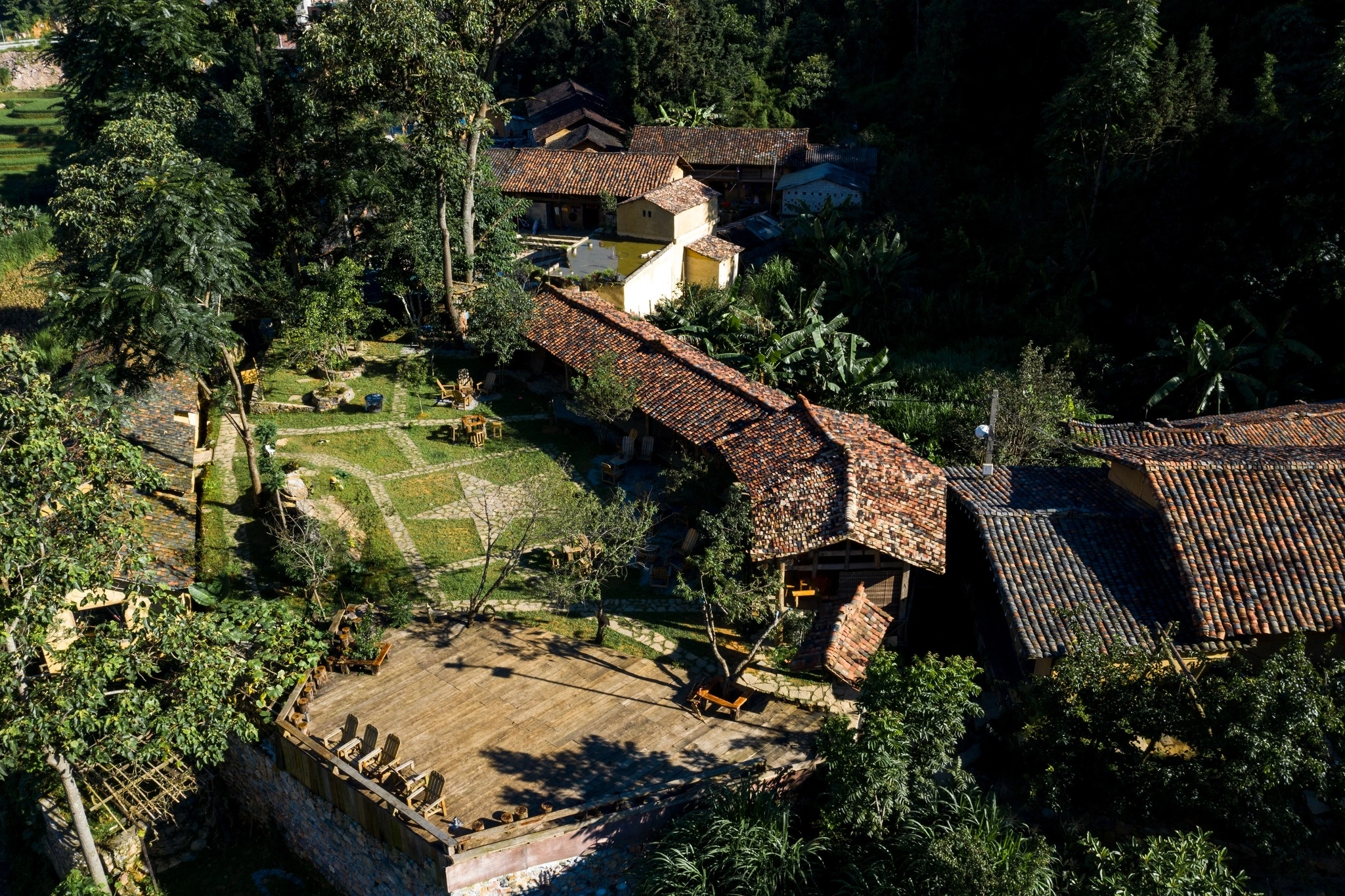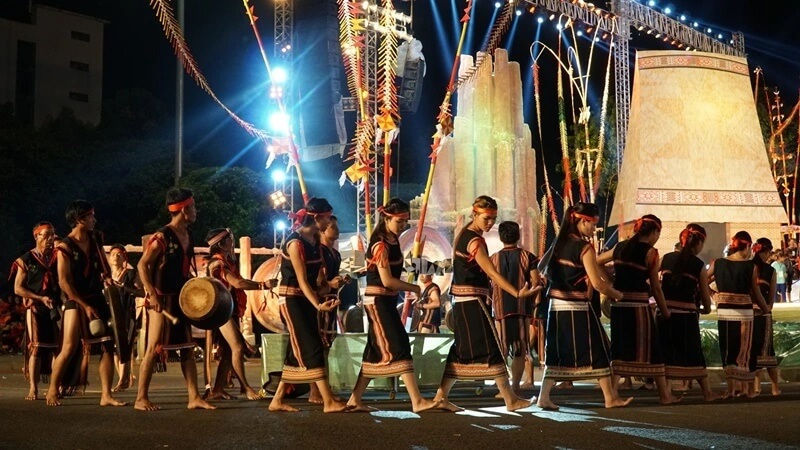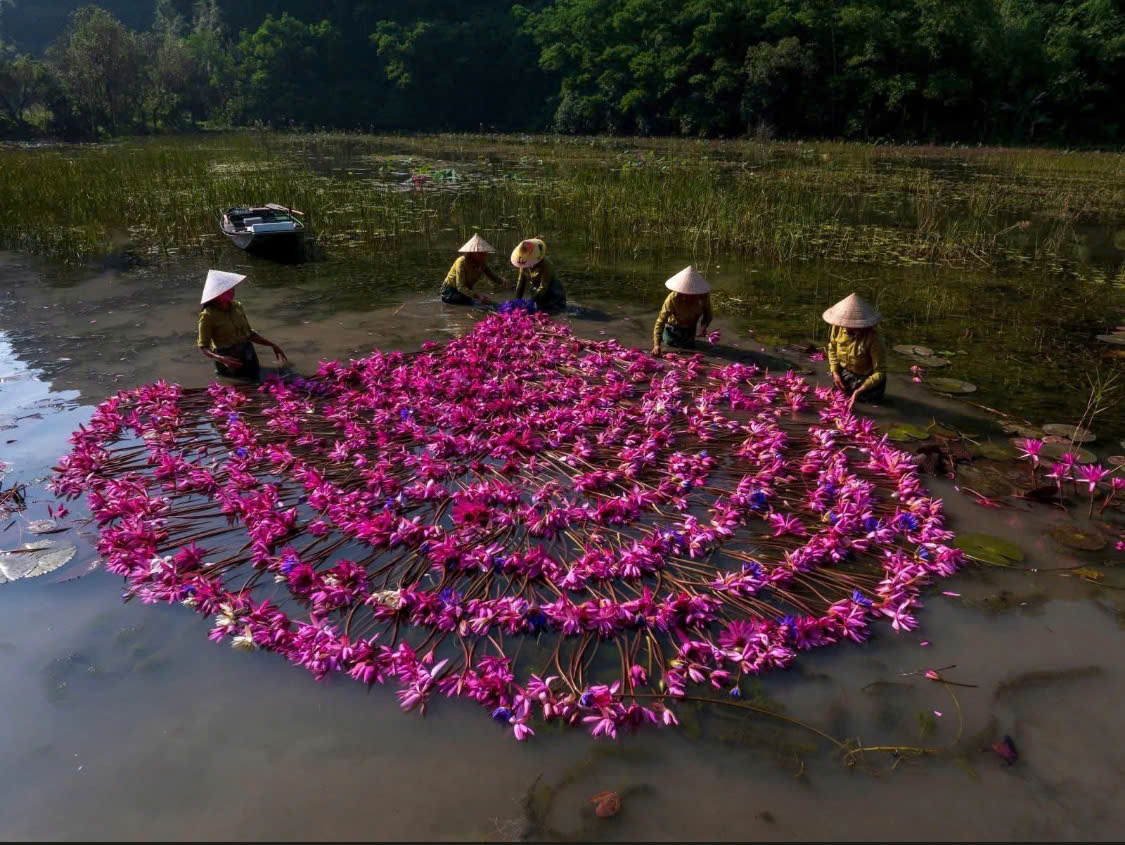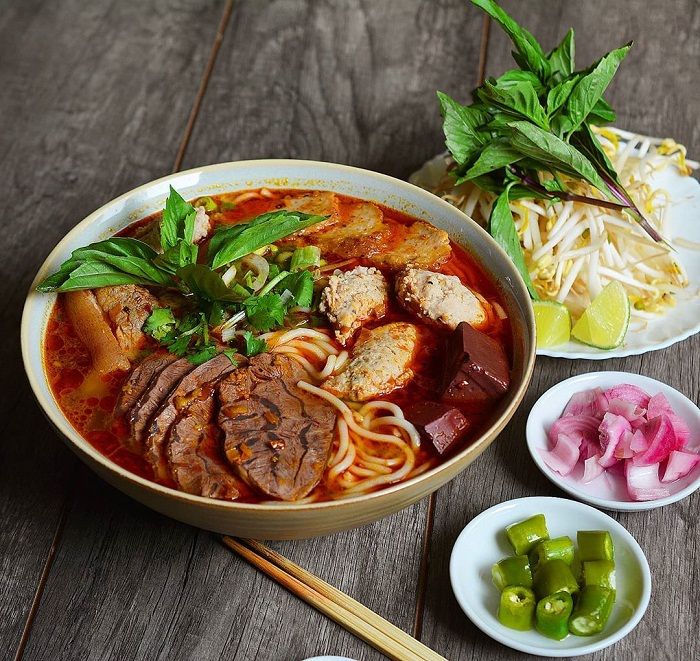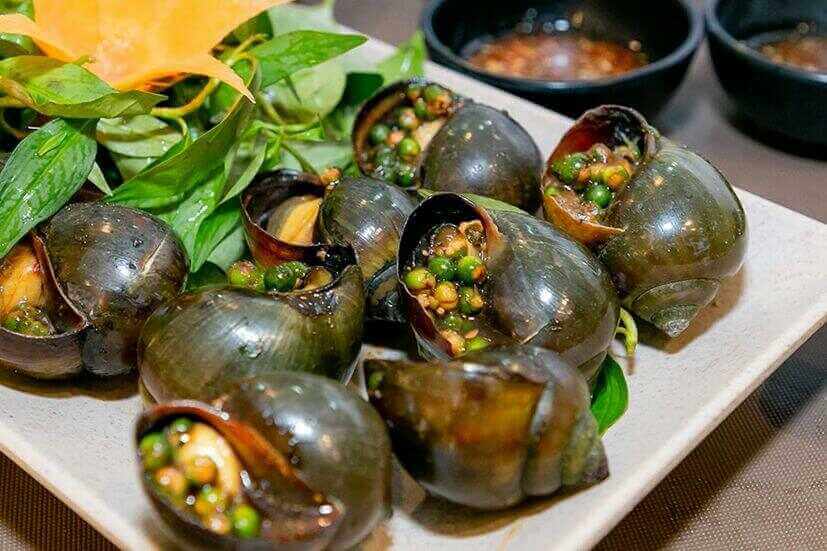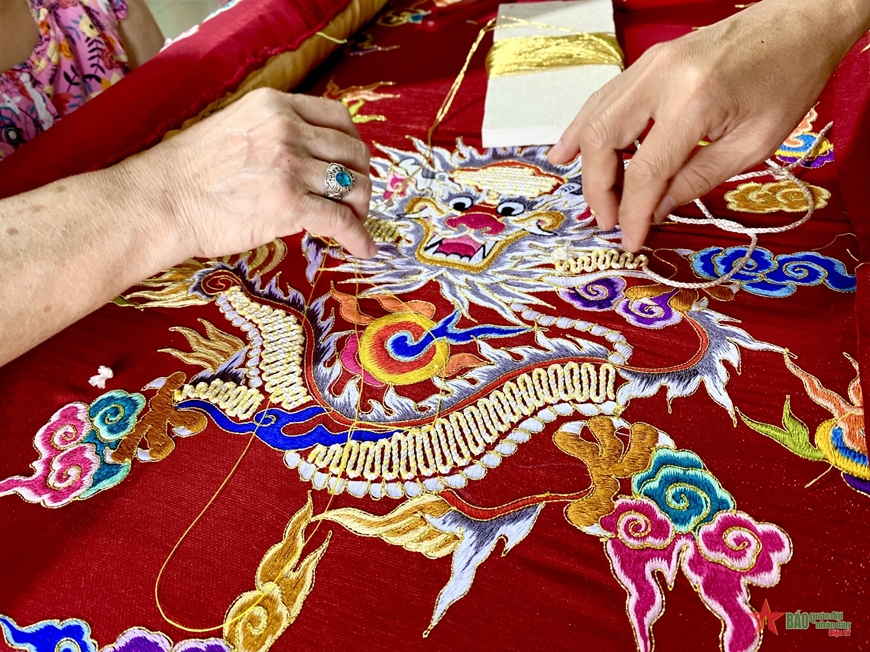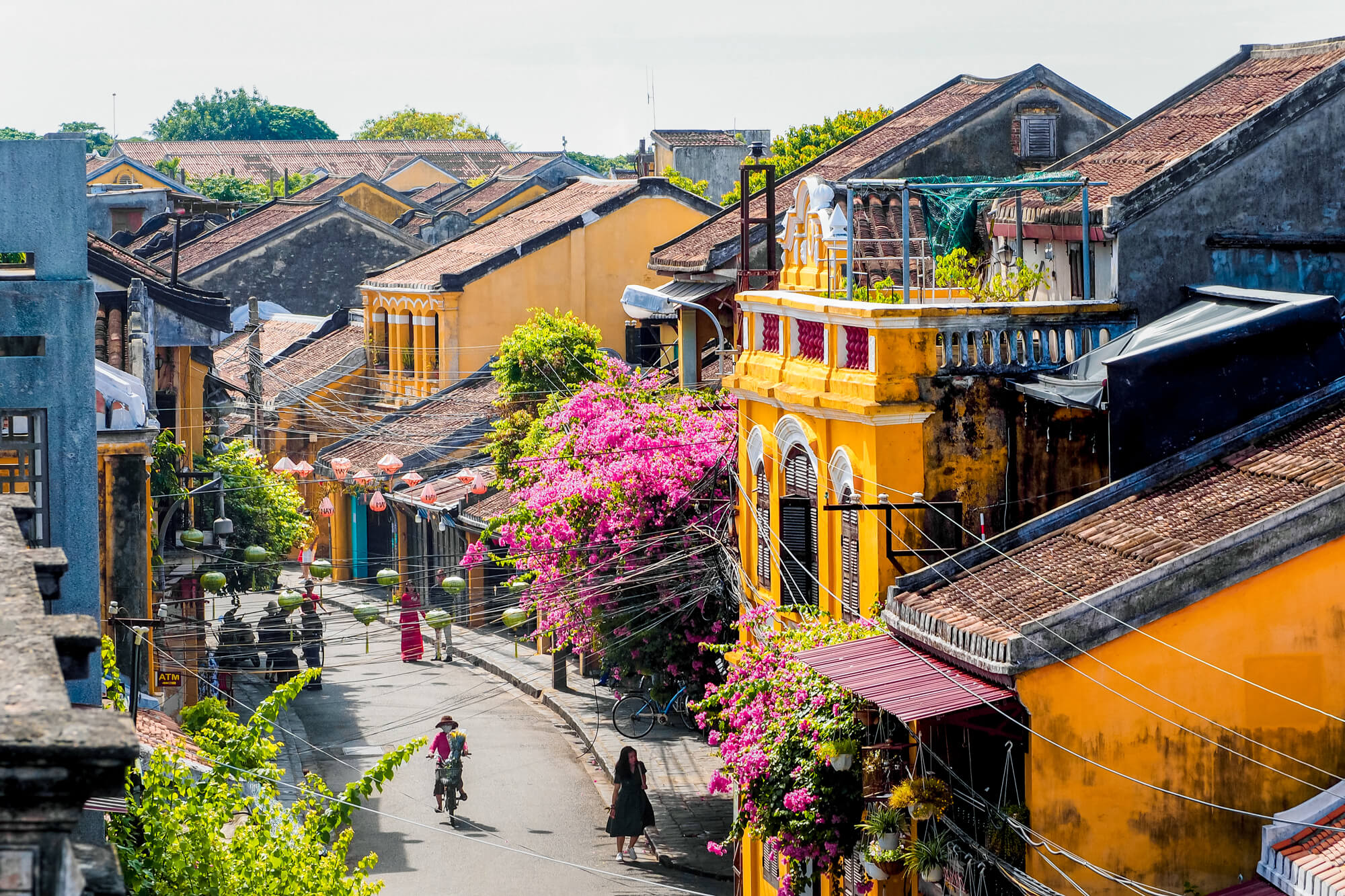Hoi An Ancient Town
Located on Vietnam’s Central coast, Hoi An is known for its good condition in the preservation of Ancient Town. Hoi An reflects its history in many architectures like wooden Chinese houses, Vietnamese tube houses, and the famous Japanese Covered Bridge. Visiting Hoi An Ancient Town, you can explore the value of culture through archaic structures, cultural-folk activities or lyrical natural scenery, and you can also enjoy the appetizing specialities that satisfy the taste. Hoi An Ancient Town has more than 1,000 relics and many of them are still intact and not damaged much, from streets to houses, clubhouses, pagodas, temples, houses of worship, ancient wells, etc. Hoi An will enrapture visitors with its immortal beauty with time, peaceful and idyllic.
Ancient houses
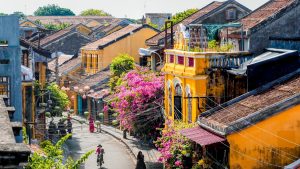
As a distinct and ancient town, Hoi An always preserves its ancient houses to represent the sense of appreciation culture and tradition of the locals. Being opened publicly in the daylight, visitors can easily delve into the architectural styles and cultures of Hoi An in the past.
The most famous among all is Tan Ky Ancient House. This is the most well-known and most-visited old house with visitors here in Hoi An. Enduring an entire century, even surviving the historic flood in 1964, the house remains the same. With the tube design commonly used in the ancient town, this place has a harmonious architecture to demonstrate the aspiration for concord between humans and nature in Hoi An. Tan Ky Ancient House is a combination of multiple architectural styles from Vietnam, China and Japan in each pattern design. Every detail and element is constructed carefully and delicately, it has an influence in helping Hoi An attract more visitors from other cities in Vietnam and also from other countries.
On the other hand, many more ancient houses are well-known such as Phung Hung Ancient House: it used to be the house of one of the wealthiest traders in Hoi An, the biggest and tallest house in the area at that time; or Duc An Ancient House: the floor was used big red square tiles with the framework covered by bricked walls, in the past, it was a bookstore then renovated into a Chinese traditional medicine pharmacy; and one of the special ancient houses that should be mentioned is Diep Dong Nguyen: it was built in the first half of 19th century and is described as a museum because it has many artifacts with cultural and historic values.
Old club-houses
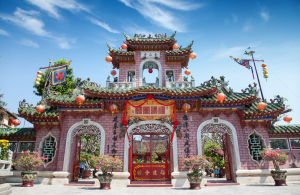
“Club-house” is the name used for the communal house of Overseas Chinese in Hoi An from the 17th century to the 18th century. Club-houses were established from the demand of meeting fellow countrymen for chatting, trading and helping each other. Nowadays, all of the clubhouses are preserved and promoted to become an attractive tourist destination in Hoi An. All five clubhouses are located in the centre of Hoi An. It’s not going to take a long time to visit and move between places to explore these clubhouses.
Phuc Kien (Fujian) clubhouse is known to be the most spacious and impressive clubhouse among all in Hoi An. Behind the three-guard gate, there is a big garden with rockeries with carp jumping the dragon gate statue. More than that, in the mausoleum, visitors can burn big incense-coils and together hang a note and write your information to aspire for health and wealth.
Other four famous club-houses that you can visit in Hoi An are the Quang Dong (Guangdong) club-house, Trieu Chau (Chaozhou) club-house, Hainan (Hai Nam) club-house and Duong Thuong club-house (or Chinese club-house).
Japanese Covered Bridge Pagoda
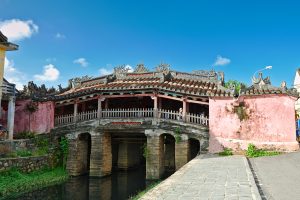
Coming to Hoi An Ancient Town, you definitely cannot miss the Japanese Covered Bridge Pagoda – the destination with unique architecture and beauty. Living through 400 historical years, the pagoda has become a tourist icon in the ancient town. Not only that, this ancient architecture is considered the crystallization of the soul of the land and people of Hoi An.
The Japanese Covered Bridge Pagoda stands out with its wooden pillars, lacquered in vermilion, elaborately carved texture, and most significantly, it was built on a stone bridge with soft arches. Located right in the heart of the old town and across the romantic Hoai River, the pagoda is a familiar meeting point for tourists coming to Hoi An. The Japanese Covered Bridge is like a puzzle piece that connects the past to the present and the future. In the past, this place was a busy trading port. It is a bold architectural intersection of Vietnam and East Asian cultures such as China, Korea, and Japan. At night, when the light’s up, the pagoda’s shadow falls on the water’s surface, shimmering and shining amid the prosperity and bustle of Hoi An.
The image of the Japanese Covered Bridge Pagoda is printed on the back of the 20,000 VND banknote made of polymer paper, issued in 2006 and still in use today. It represents the great value in both spirituality and in real life of this ancient temple in Hoi An.
Hoi An Market

Hoi An Market is located right in the centre of the old town, operating from 6 am to 10 pm daily. Besides delicious dishes, the market also sells many different types of goods, serving the diverse shopping needs of local people and tourists when travelling to Hoi An. Located next to the banks of the poetic Hoai River, but different from the peace of the old town, Hoi An market has its charm. Bustling, vibrant and colourful are the words that best describe it. Hoi An Market is covered with two main colours: the bright yellow of the walls and the bright red of the tiled roof. The pillars in the market cross each other, forming an extremely sturdy system in a French architectural style. Hoi An Market is quite small, but it seems you can find everything here. The market is divided into separate areas such as dry goods area, fresh seafood area, fruit, vegetable, egg area, souvenir area,…
Hoi An cuisine is something you cannot pass over when coming to Hoi An market. Some dishes that tourists should try are Banh Mi, Hoi An Pancakes, Cao Lau, Stir-fried Mussel Banh Mi, Quang Noodles, many types of sweet soups, etc. There are many delicious dishes in Hoi An, from salty dishes to sweet dishes and even dishes with very different flavours that we can only enjoy directly to understand, and the most fascinating thing is the prices are very affordable or even cheap.
Hoi An is famous for its traditional, harmonious architectural beauty of houses, walls and roads. Along with many ups and downs of history, Hoi An ancient town still retains its ancient, quiet, moss-covered beauty in every tiled roof, brick, row of trees… like the simplicity of the pure personality and the sincerity of local people. The streets in Hoi An are arranged in a checkerboard style with short and beautiful streets, winding, embracing the houses. Strolling through each of those beautiful and peaceful small streets, visitors not only enjoy delicious food but also see a part of the daily life of the Hoi An people, a peaceful, simple life. weird. Come to Hoi An to enjoy the timeless beauty, delicious food and interesting experiences with the people around here!



